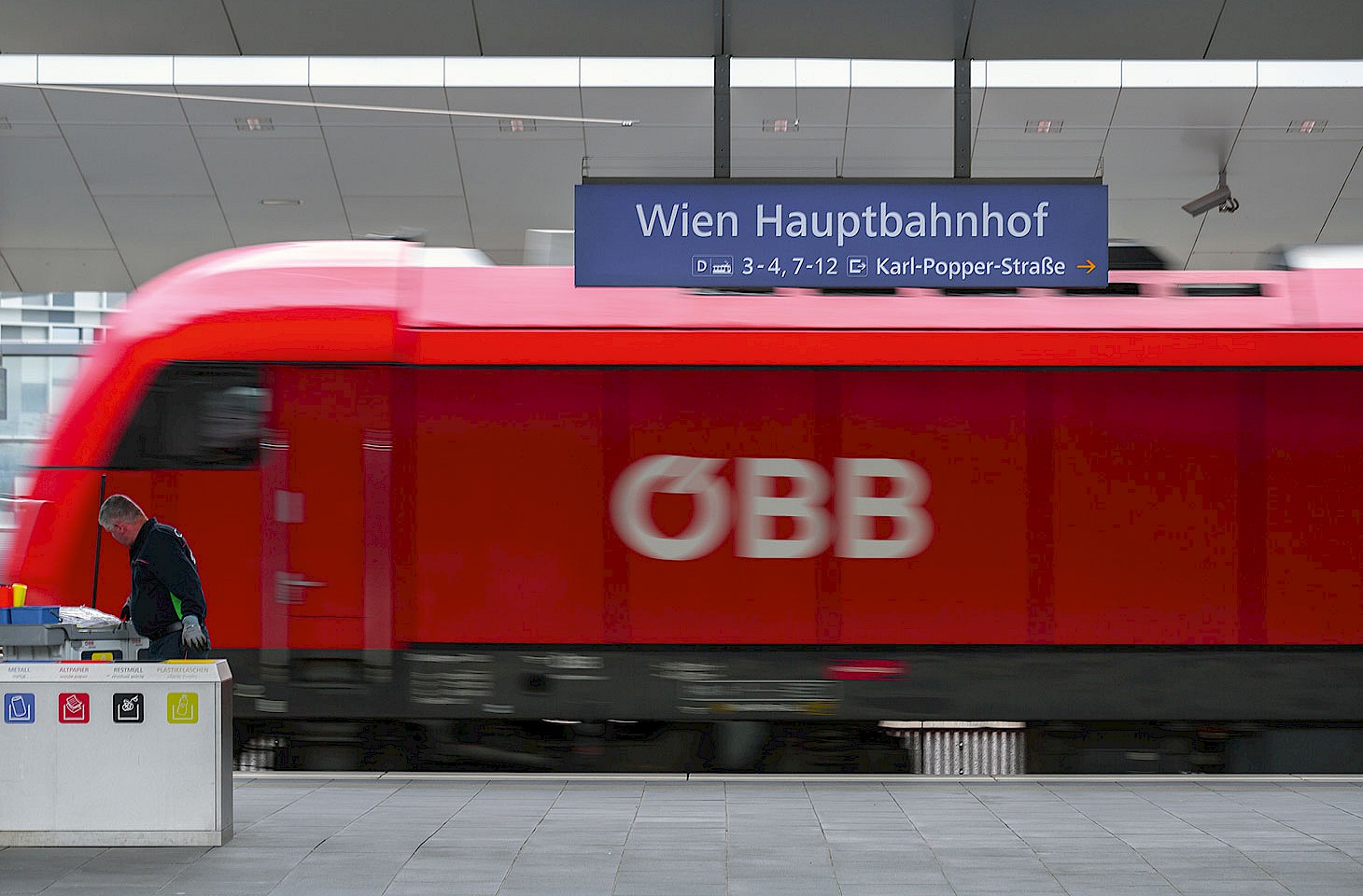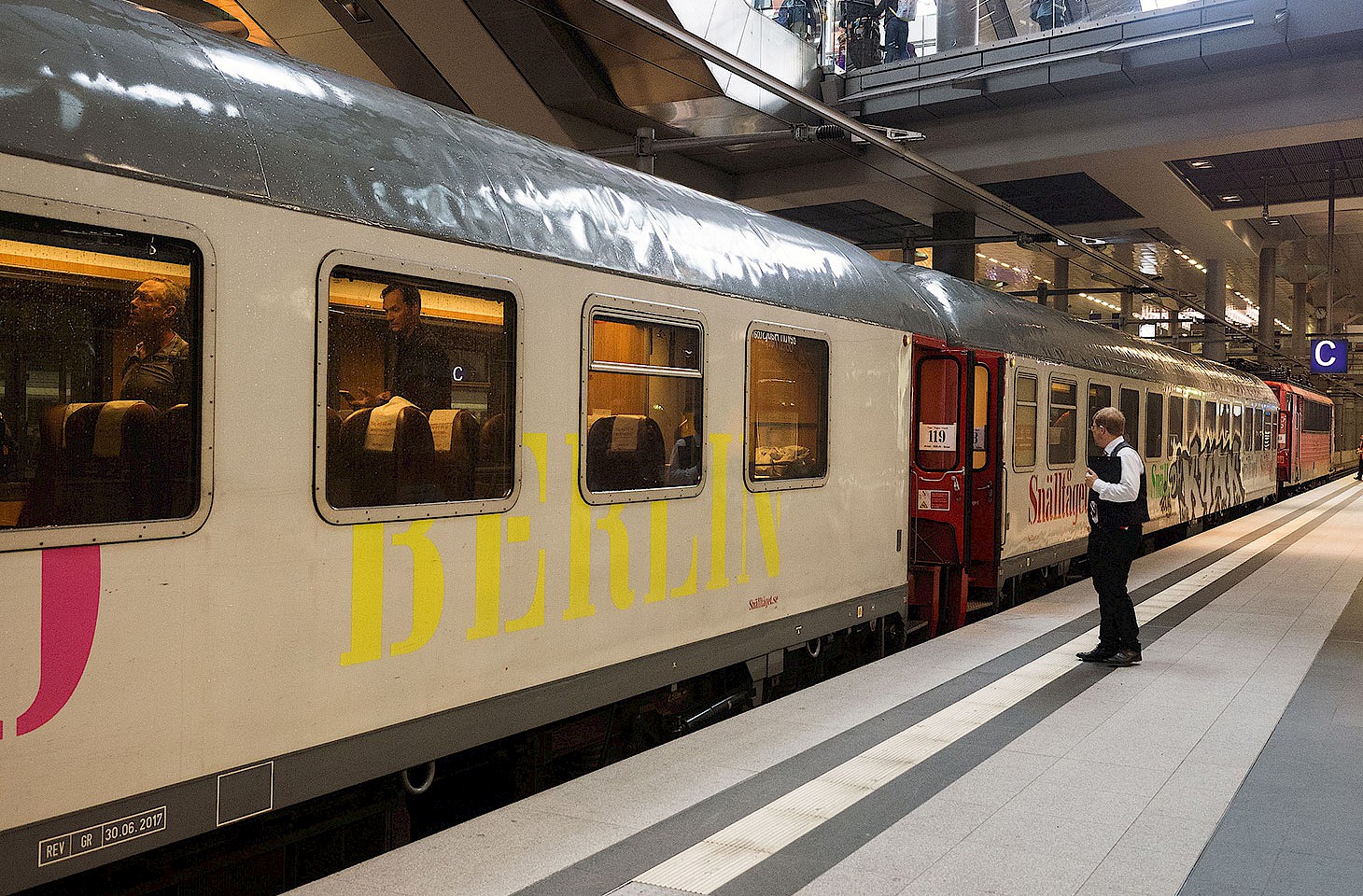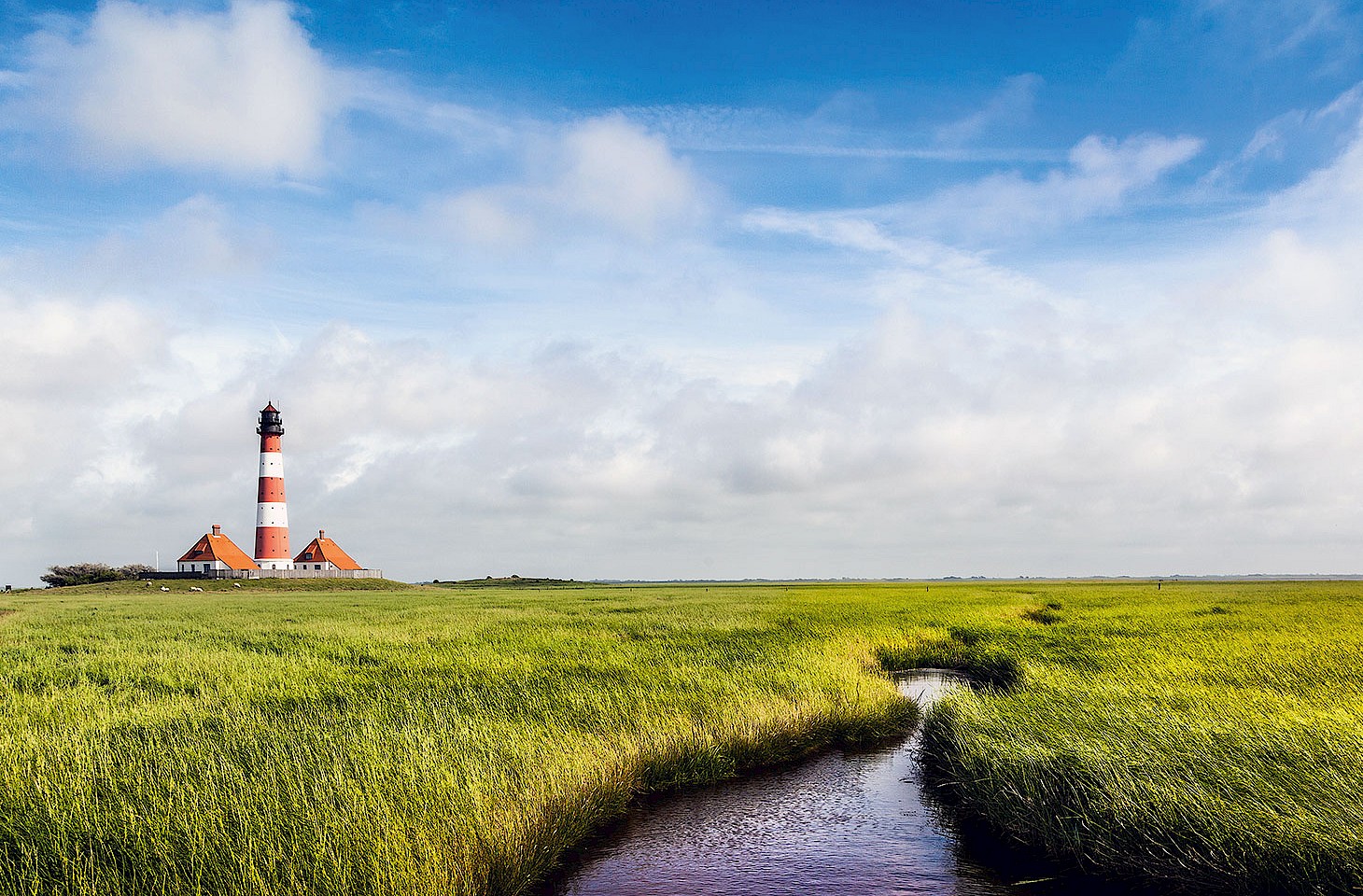Juan José tells me I can call him Johnny. We sit in the little café on the corner of the town square and drink tea, because Johnny says the coffee here is too weak to be respectable. It is not yet midday but already the concrete pavements reflect the dead heat of summer. Two kids at the next table order a fiery pizza called Diabolo.
Johnny takes a scrap of paper and draws a sketch that maps the part of Venezuela where his family still lives. On the rough map, he scrawls the name of a village, Cuyagua. Johnny explains that really he is a son of Africa, and that a long time ago, perhaps two hundred years or more, his family came from Africa to Venezuela's Caribbean coast to work in the cacao plantations. "It's that little bit of Venezuela they call Barlovento", he says. It means 'sailing with the wind', which seems a good enough name for a part of the world that somehow balances so many cultural diasporas in its lap... Africa, the Caribbean, South America. On the Catholic feast of Corpus Christi, the devil dancers entwine Cuyagua within their mystic weaving. They do this, Johnny recounts, to invoke the devil whom they call Mandinga. Quite why one might want to encourage the appearance of the devil isn't quite obvious, but Johnny insists it's the Cuyaguan way.




